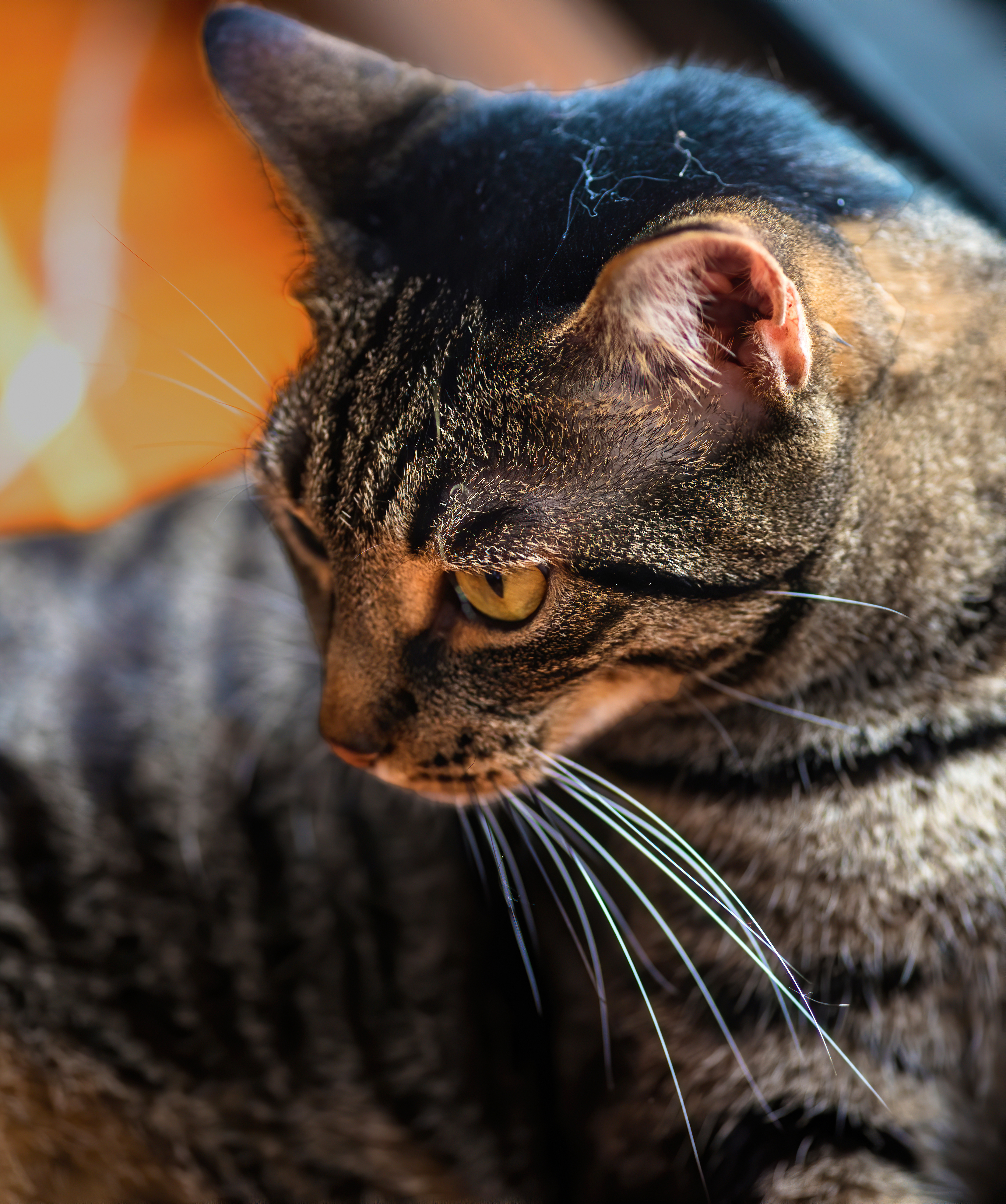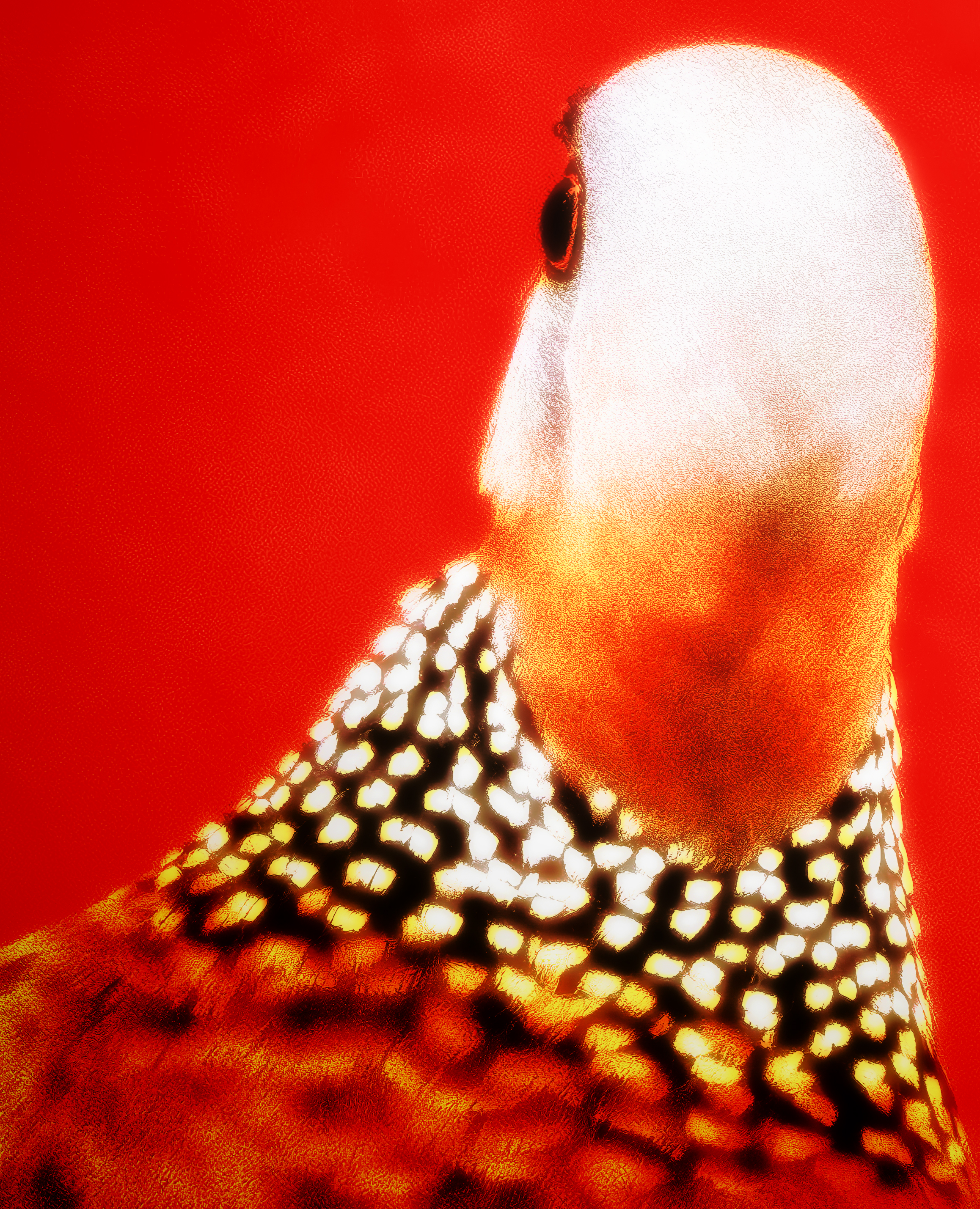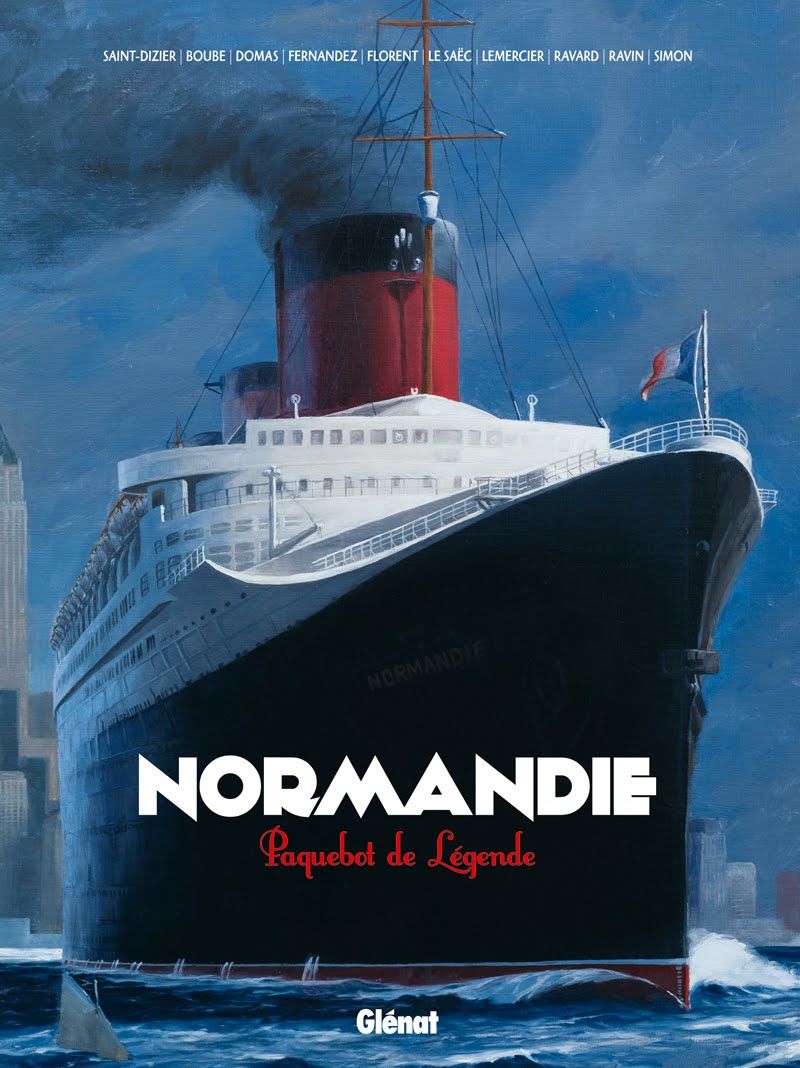1. From a second-story roof, an egret watches a new-mown lawn below him. His yellow eyes communicate an idea of intently. The term rests as still in your mind as a dictionary unopened on a shelf. But when the wings open, the stasis breaks. All is in motion then. The egret flaps himself a few inches up, tips himself over the edge, drops to the grass, pecks, flaps again, reascends with legs trailing, and settles with wings and legs folded back on his roof ridge. He has brought back up what he saw down there: a muscular brown centipede. Beat by beat, the egret shifts himself on the roof, elevates his beak, flips the venomous dangle into the air; catches it headfirst, fangfirst; swallows. Between the bird’s unmoving head and unmoving breast the long neck undulates once. A moment ago a dark living something was writhing in the air, yet at that elevation all that survives now is a light, feathery bulk.
A moment ago, the dark something was matter for a life story with a beginning and an end. Now, as it dissolves in the egret, it is an afterthought. What comes back to mind is white, only. About a writhing brown centipede a brown writher of a story is writeable, but it can’t be traced back to ground that any centipede ever crawled. The memory of writhing in the air has dimmed, and the last bird you see will be the one flying to you in white.
.
2. From a dove’s wings, frothy light splashes into the firmament. Through fanning feathers, it ripples along from shadow at each wing’s root to light-blurred translucency at its tip.
Aft, between the wings, originates a stout empennage. Holding the rapid beating steady, it aims the dove’s gray little head in the direction of a route. Gray tipped with white, guiding from behind, stiff tailfeathers blaze a way to light.
















